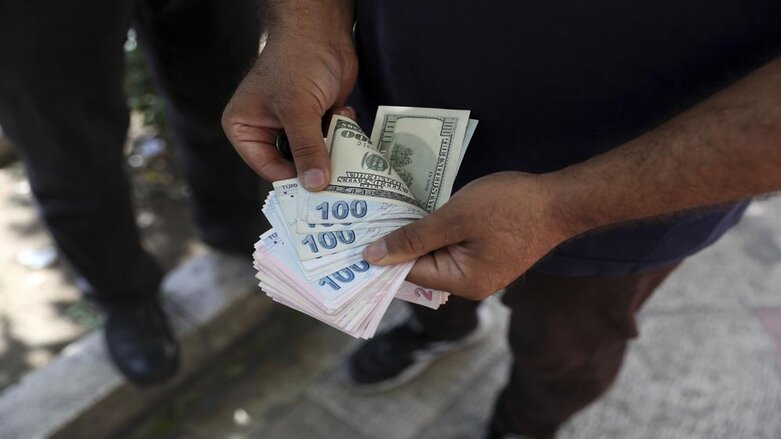Iran allows exchange stores to trade in foreign currency
The new Central Bank directive is aimed at injecting more dollars into the market to continue stabilizing the exchange rate.

TEHRAN, Iran (AP) — Iran’s Central Bank is allowing licensed exchange offices to resume buying and selling foreign currency, days after traders protested over the worsening economic situation and the country’s currency dropped to its lowest value ever, state-run media reported Thursday.
Since 2018, when Iran announced a ban on all trading by individuals at private exchanges, these bureaus could only work with government-approved importers or exporters.
On Sunday, dozens of shop owners took to the streets in central Tehran after many shut their businesses in protest against the worsening economy and following a recent hike in business taxes. Police were present in full force but did not intervene during the demonstration. Separately, police arrested 31 currency and gold traders accused of creating “false demand” in the market, state TV reported Sunday, without elaborating.
The new Central Bank directive is aimed at injecting more dollars into the market to continue stabilizing the exchange rate. Iran’s rial traded at 319,000 to the dollar on Thursday, a gain from 332,000 on Sunday.
Experts believe the directive may help reduce the 15% gap between the government-set rate and the real exchange rate on the market.
The rial traded at 32,000 to the dollar in 2015, when Iran signed the landmark nuclear deal with world powers that granted Tehran sanctions relief in exchange for curbs on its nuclear program. The accord collapsed in 2018, when then-President Donald Trump withdrew the United States from the deal and re-imposed crushing sanctions on Iran’s oil and banking sectors.
Those sanctions are still on, straining Iran’s economy. Talks in Vienna to renew the agreement have been deadlocked for months.